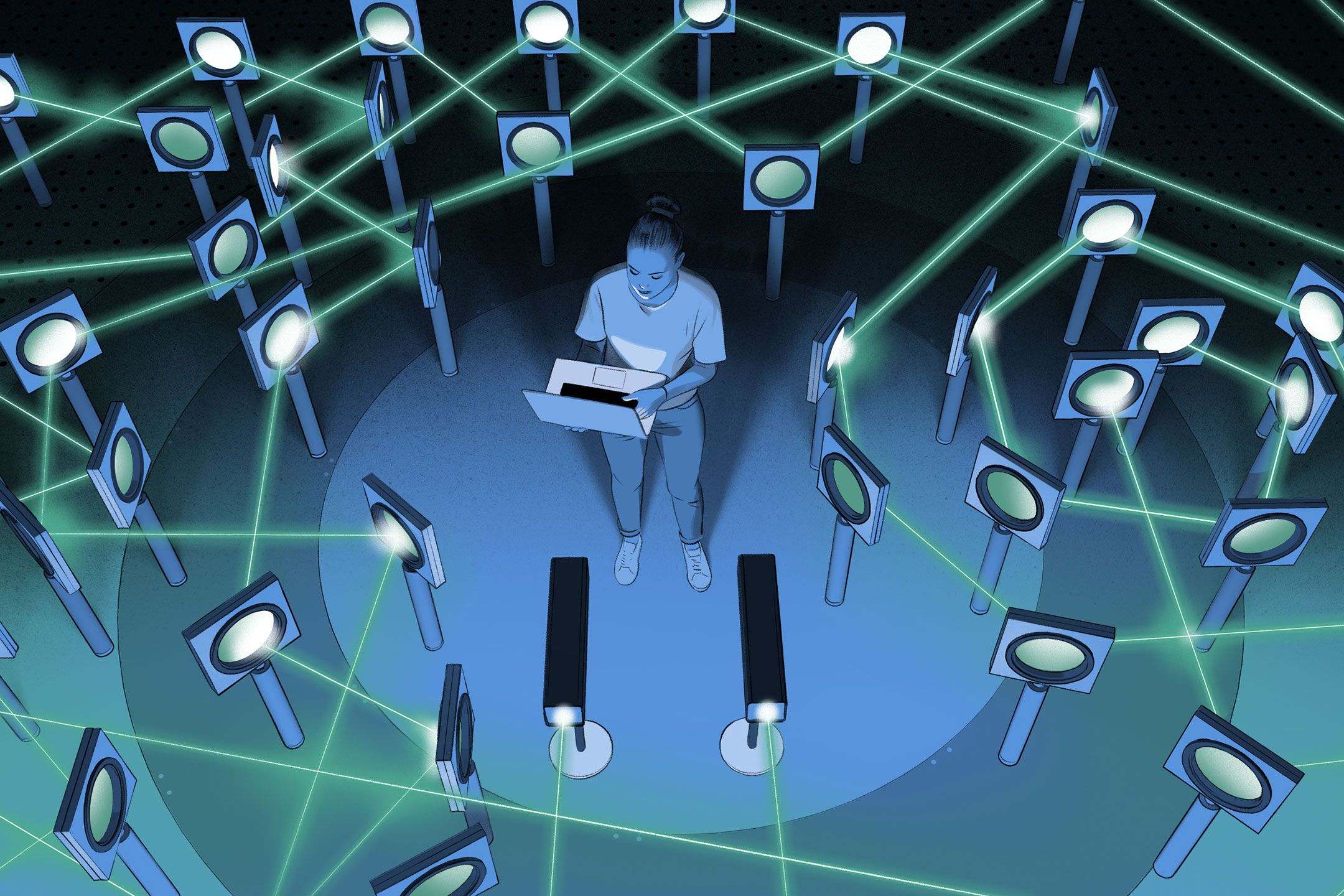In recent years, artificial intelligence has gone far beyond writing text or generating images. Today, researchers are using it to design AI physics experiments that look unusual at first but actually work.
This collaboration between human curiosity and machine creativity is opening a new chapter in scientific discovery, where the imagination of AI combines with the precision of physics.
Traditionally, physicists relied on mathematical intuition and years of experimentation to test theories about the universe. But AI brings something radically different the ability to process vast data and propose experimental setups that humans might never imagine.
Instead of being bound by conventional wisdom, AI physics experiments often produce bizarre but effective solutions. For example, in gravitational wave research, the Laser Interferometer Gravitational Wave Observatory (LIGO) measures changes smaller than a proton’s width.
By applying AI, scientists discovered new ways to reduce noise and improve sensitivity. Some configurations looked impractical at first but they worked, showing AI’s ability to refine even the most complex experiments.
LIGO and AI Innovation
LIGO’s massive 4-kilometer arms in Washington and Louisiana rely on laser interferometry. When researchers added AI to the system, it began suggesting unusual alignments and filters to separate noise from gravitational signals.
A Nature Physics paper revealed that machine learning tools proposed counterintuitive designs. Once tested, they significantly improved gravitational wave detection. This case study highlights how AI physics experiments can outperform traditional setups by thinking outside human intuition.
Experts agree that AI doesn’t understand physics like humans do it thrives on pattern recognition and optimization.
Dr. Kip Thorne, Nobel Prize winning physicist, explained, AI doesn’t care about tradition. It works through the problem space until it finds solutions. Some of them look bizarre to us, but they function beautifully.
Similarly, Caltech’s Dr. Maria Spiropulu compared AI assisted physics to the early days of particle accelerators strange at first, but eventually revolutionary. Their insights show why AI physics experiments succeed they expand imagination and challenge convention.
Why Bizarre Works in Physics
Physics has always advanced through unconventional ideas. Relativity, quantum mechanics, and dark matter theories all seemed bizarre when first introduced.
Likewise, AI generated experiments often appear chaotic, yet they succeed because nature itself doesn’t always follow human logic.
For instance, AI has designed error correction codes for quantum computing that look messy but function with extreme efficiency. This proves that in physics, strange can often be right.
At CERN’s Large Hadron Collider, scientists tested AI to optimize detectors. Instead of symmetrical human designed placements, AI suggested asymmetrical, irregular structures. Engineers hesitated, but tests showed higher accuracy in particle collision measurements.
One CERN researcher described it as letting the machine think outside the human box. This demonstrates that AI physics experiments are not just theory they work in real world, billion dollar research facilities.
A Researcher’s Story
MIT graduate student Arun Patel recalls working on an AI assisted quantum optics project in 2024. Initially skeptical, he said, The AI suggested a laser alignment that seemed pointless. But when tested, the noise dropped dramatically.
That was the moment I realized AI wasn’t guessing it was seeing physics in a way I couldn’t. Patel’s experience reflects a growing mindset among young physicists trust in AI’s unconventional suggestions.
The Future of AI in Scientific Discovery
The implications are huge. AI could design experiments to test dark matter, explore quantum gravity, or even probe higher dimensional physics. While humans remain the interpreters, the raw creativity of AI physics experiments may unlock mysteries we’ve struggled with for centuries.
Of course, not every AI idea will work. Human oversight ensures experiments are practical and ethical. Dr. Sabine Hossenfelder emphasizes, AI gives us possibilities, but interpretation is still our responsibility.
Machines extend our reasoning they don’t replace it. This balance ensures AI enhances, rather than replaces, human driven science.
A New Frontier in Physics
From gravitational wave detection at LIGO to particle physics at CERN, evidence shows that AI driven designs no matter how bizarre often outperform conventional setups. With expert opinions, case studies, and personal experiences, it’s clear that AI physics experiments represent a new frontier in discovery.
The next great breakthrough in physics may not come from a lone genius but from a partnership where AI proposes strange experiments, and humans give them meaning.
In the end, one fact is undeniable: AI physics experiments are already transforming science, and they may hold the key to unlocking the universe’s deepest secrets.

